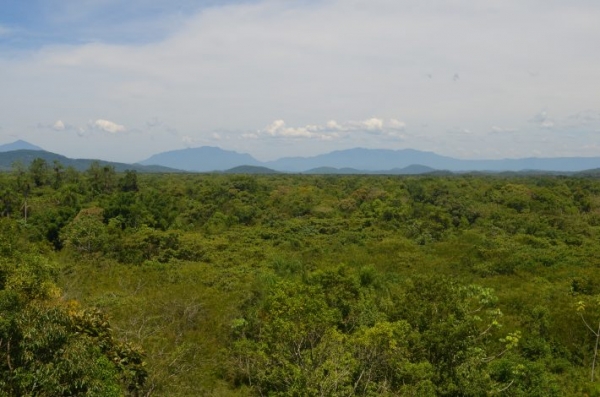Researchers at the Federal University of Paraná (UFPR) and the Society for Wildlife Research and Environmental Education (SPVS) came together to evaluate ecological restoration as a strategy to reverse environmental anthropogenic disturbance. The researchers evaluated a pioneering restoration program promoted by the SPVS since 2000, combining conservation and restoration efforts, in one of the most important remaining Atlantic Forest regions in Brazil.
The area involves the municipalities of Antonina and Guaraqueçaba, a well-preserved region on the southern coast of Paraná of 300 thousand hectares, with forests, estuaries, bays, and islands. The researchers collected samples and analyzed environmental characteristics and images from 65 restoration areas over 20 years.
Seeking to understand the interaction between restoration and conservation efforts, the researchers verified the differences between natural and active restoration strategies. “The first is much cheaper and depends on natural processes to promote the arrival of species. The second, which is planting seedlings, is much more expensive for those restoring them”, explains Marcia Marques, a researcher at the Federal University of Paraná.
Continue reading at British Ecological Survey
Image via British Ecological Survey


